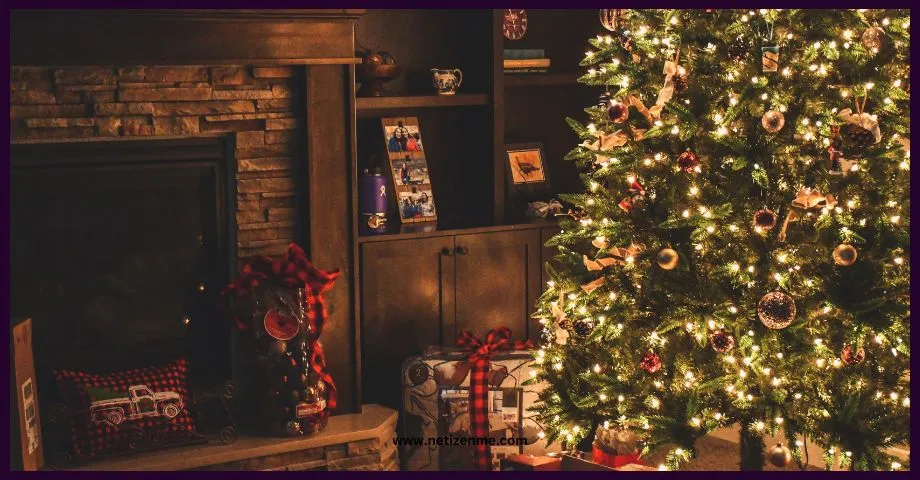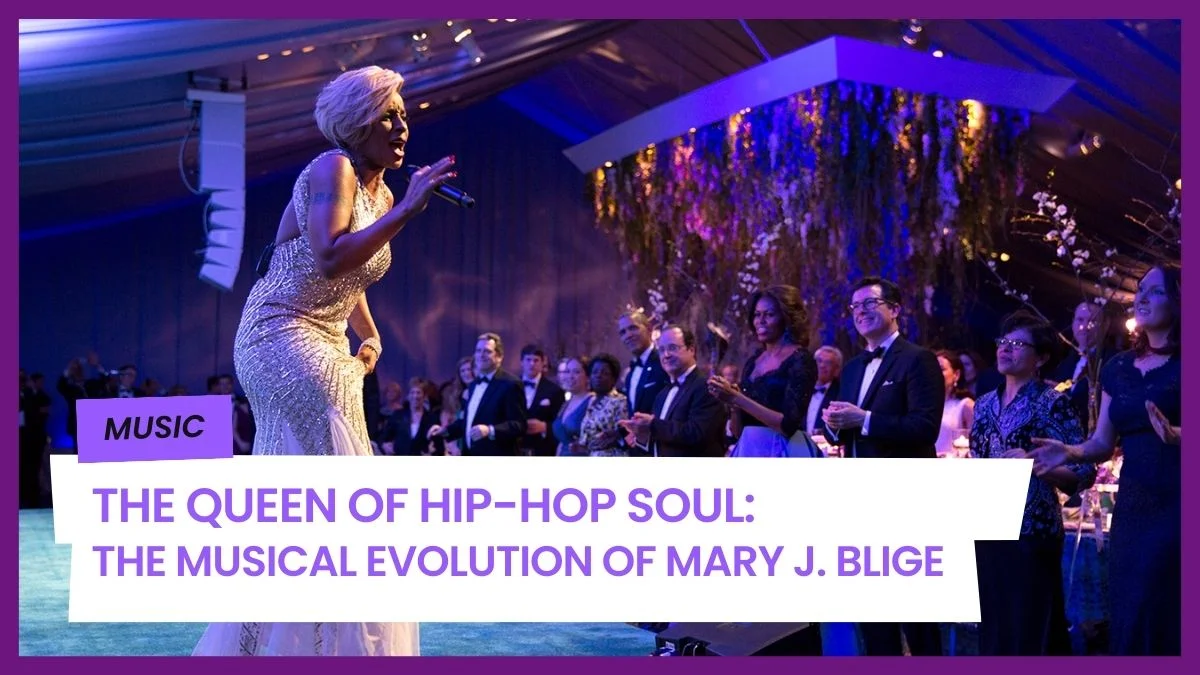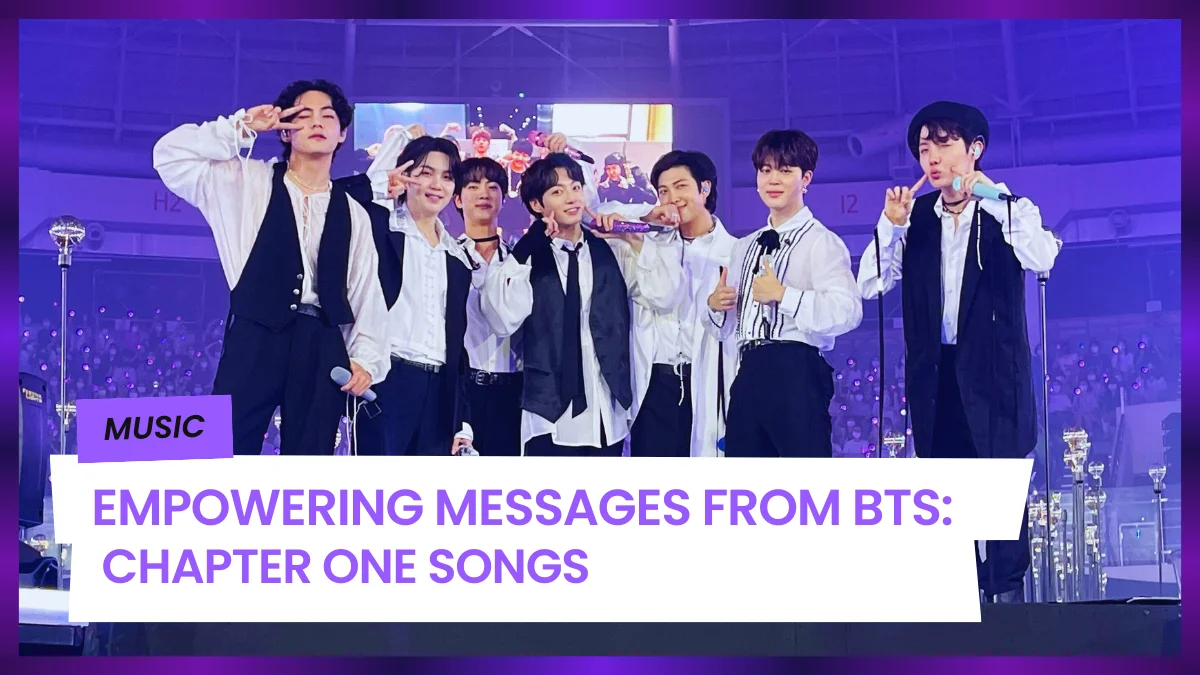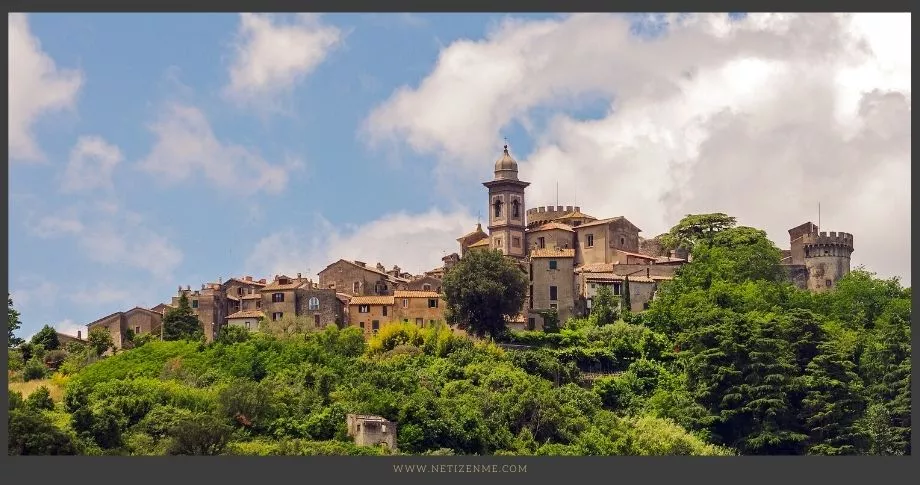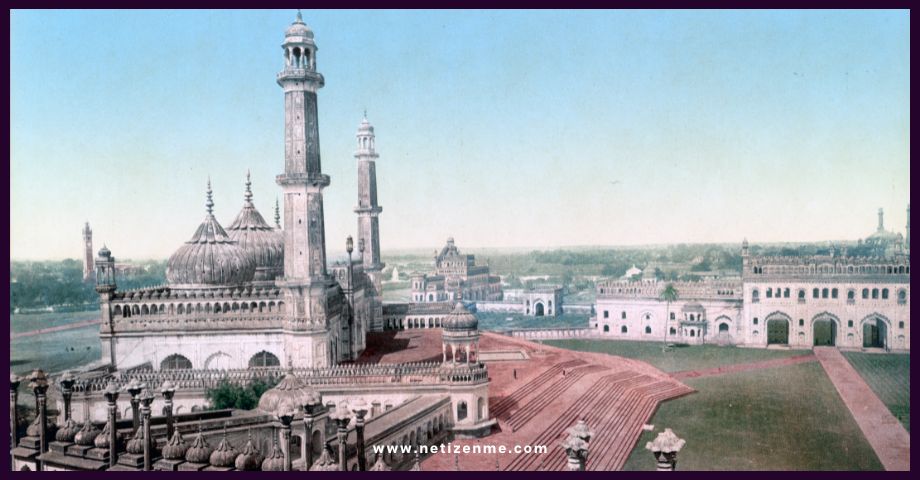Christmas carols, a beloved tradition, have a rich history spanning centuries. From their humble beginnings as ancient hymns to the modern classics we sing today, these musical expressions in Christmas carols history have evolved in tandem with cultural and artistic shifts.
As we delve into the ancient roots of Christmas music, we unravel the threads that bind the past to the present, understanding the enduring significance of these early chants in shaping the festive soundscape we cherish today.
The History of Christmas Carols: From Ancient Chants to Modern Classics
Ancient Roots:
During the nascent stages, Christmas music manifested as Latin chants resonating within medieval cathedrals. These solemn and reverent chants held pivotal roles in religious ceremonies. Their melodic simplicity fostered a profound connection with congregations, establishing the fundamental groundwork for the evolution of Christmas carols.
The Renaissance Influence
Transitioning into the Renaissance period, the influence of these early chants persisted, laying the groundwork for the transformation that Christmas music would undergo in the subsequent centuries. The continuity of melodic simplicity during this era was a testament to the enduring power of these early musical expressions, shaping the trajectory of Christmas carols for generations to come.
This historical foundation, rooted in the ancient chants, not only contributed to the musical heritage of Christmas but also solidified the emotional resonance that continues to characterize these timeless melodies.
The Victorian Era
The 19th century witnessed a pivotal transformation in the Christmas carol landscape. Charles Dickens’ publication of “A Christmas Carol” was a catalyst, propelling carols into mainstream popularity beyond religious domains. Composers such as John Stainer and Arthur Sullivan played instrumental roles in this shift, crafting joyous and festive tunes that resonated with a wider audience.
As Dickens’ narrative illuminated the spirit of Christmas as a season of warmth and generosity, Stainer and Sullivan’s compositions became the musical embodiment of this sentiment. Their works reflected the evolving cultural landscape, embracing a more inclusive approach to celebrating the holiday. The joyous and celebratory tones introduced during this period continue to echo in contemporary renditions, showcasing the enduring impact of the 19th-century Renaissance on the Christmas carol tradition.
Revival and Adaptation
In the mid-20th century, a notable resurgence of interest in traditional carols emerged, propelled by recordings from renowned artists such as Bing Crosby and Nat King Cole. This revival not only rekindled appreciation for timeless classics but also paved the way for a dynamic shift in the Christmas music landscape.
Simultaneously, new compositions like “White Christmas” and “Jingle Bells” emerged as instant classics, weaving themselves seamlessly into the diverse tapestry of Christmas music. These contemporary additions added a fresh layer to the traditional repertoire. And reflects the evolving tastes and cultural dynamics of the time.
The mid-20th-century revival and adaptation of Christmas carols bridged the gap between the old and the new. Which offer a harmonious blend of cherished classics and innovative compositions. This period laid the groundwork for the continued evolution of Christmas music. It ensures its relevance and resonance in the hearts of diverse audiences around the world.
Contemporary Classics:
In the present day, Christmas carols undergo continual evolution as contemporary artists infuse their unique interpretations into timeless classics. Traditional carols, steadfast in their popularity, coexist harmoniously with the modern renditions crafted by musicians around the world.
The enduring appeal of traditional carols persists, maintaining their place in the holiday repertoire. Simultaneously, the creative reinterpretations by contemporary artists breathe new life into these classics, adding a fresh layer to the festive soundtrack. This fusion of the old and the new not only enriches the musical tapestry of the season. But also serves as a bridge, connecting generations through shared holiday melodies.
As Mariah Carey’s soulful notes and Michael Bublé’s crooning voice redefine familiar tunes, Christmas carols remain a dynamic and evolving tradition. And, adapting to the ever-changing musical landscape while preserving the essence of festive celebration across different eras.
Cultural Significance of Christmas Carols
Beyond their inherent musical charm, Christmas carols serve as poignant reflections of cultural diversity. Carols originating from diverse regions and traditions act as windows into unique celebrations and customs, contributing to a rich tapestry of holiday expressions. This inclusive representation fosters a profound sense of unity during the holiday season.
As varied melodies and lyrics resonate across cultural boundaries. The collective experience of singing and listening to Christmas carols becomes a universal celebration. This shared musical tradition emphasizes common values and evokes joy that transcends cultural differences. With the harmonious blend of musical notes and diverse traditions, these Christmas carols have become a unifying force. And it connects people globally through the timeless and uplifting spirit of the season.
Christmas carols history
The history of Christmas carols is a fascinating journey through time, reflecting the evolving cultural and musical landscapes. From the solemn chants of the medieval era to the exuberant tunes of today, these melodies have woven themselves into the fabric of our holiday celebrations. It is connecting us across generations and cultures. As we continue to sing these songs, we participate in a tradition that transcends time, keeping the spirit of Christmas alive through the power of music.
This article is written by:
Our professional writers and editors are passionate about sharing high-quality information and insights with our audience. We conduct diligent research, maintain fact-checking protocols, and prioritize accuracy and integrity to the best of our capacity.
You can cite our articles under the author name "Netizenme"
